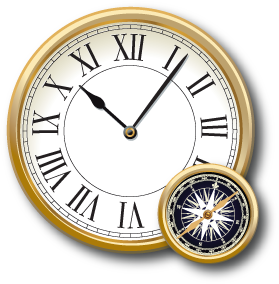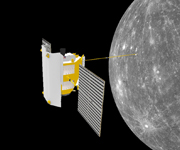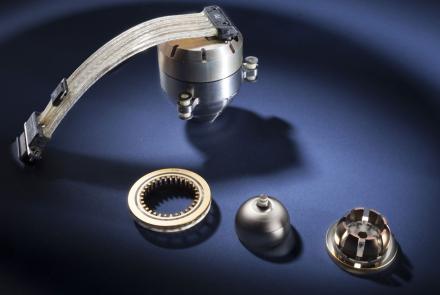Advances in timekeeping and navigation have enabled mission planners to guide spacecraft to more precise orbits and landings on other worlds. This in turn has enabled scientists to conduct lengthy and sophisticated explorations at places of specific interest.
Targeting Mars
Navigators on Earth used radio signals to guide the Mars Exploration Rovers to the Red Planet in 2004. Mapping and time standards were precise enough to narrow the landing site to an ellipse-shaped area 150 by 20 kilometers (93 by 12½ miles). Improved landing control allowed scientists to target the Mars Science Laboratory rover Curiosity even closer to interesting geological features. The target area within Gale Crater was about 20 kilometers (12½ miles) across and was refined as the spacecraft approached Mars. Curiosity landed in August 2012.
Reaching an Asteroid
The NEAR-Shoemaker mission to the asteroid Eros was not planned to include a landing. But navigation accurate to about a meter (3 feet) enabled controllers to set NEAR gently on the surface in 2001 (shown in slideshow), where it briefly continued to transmit data.










